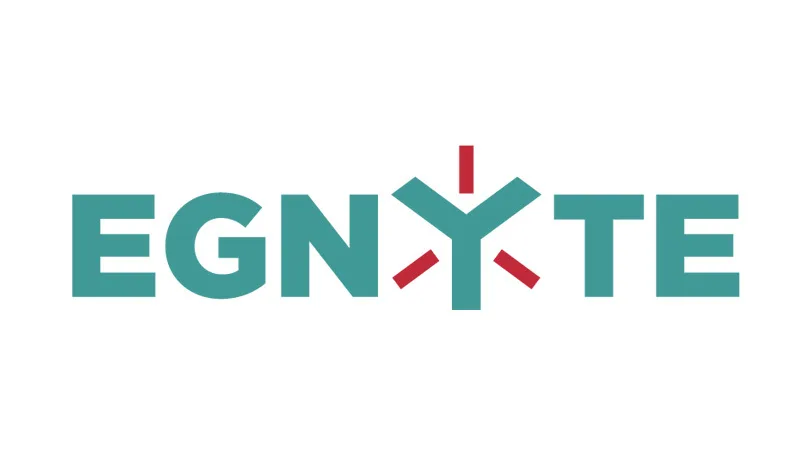
No two organizations are alike, so no two quality documentation processes are the same but all successful systems have key elements in common. These nine elements are best practices, based on modern research and a century of trial and error, that organizations can follow to build a comprehensive document management process that balances the internal and external needs for things like efficiency, integrity, and compliance.
- Tailored for the Way you Work
A modern quality documentation process is worthless if it can’t adapt to the way modern workforces interact. Today’s teams are distributed, and a lot of work is performed outside normal business hours and outside normal office environments. Your process must accommodate “the new normal” and accommodate any file, whether it is Microsoft Office or Google Docs.
- Change Control and Revisions
“The only constant is change.” When it is necessary to make changes to regulated documents, it is vital that these changes go through the same scrutiny as the creation of the document. Efficiency and control must be balanced so being able to review who was involved in the creation of the document and what they contributed is key to making sure the changes are properly vetted.
- Managing the Complete Lifecycle of Documents
Promotion of documents from Draft to Effective status, or the retirement from Effective to Obsolete are important to ensure that there is an explicit, authoritative collection of current quality documentation. Changes should never be made to Effective or Obsolete versions for auditing purposes. Scheduling a document’s end-of-life notification or a periodic review is a good policy for making sure documents are up to date and usable.
- Classification, Organization, and Reporting
Classification of quality documentation can be sliced a number of ways from who can access documents to who owns the changes to dates of effectiveness. Metadata, or information about the document, should be stored and accessible for search or reporting purposes. Because every company does things a little differently, the ability to customize metadata fields to your specific use case is immensely helpful.
- Lock Down Effective Documents
Once a file is effective, it’s best practice to make sure the file can’t be altered. Saving as a PDF is a generally accepted way of providing a locked version of the document that can’t be modified by end users. A signature page (in compliance with 21 CFR Part 11 requirements) will show the last date of change and the name of the person(s) who approved the document.


